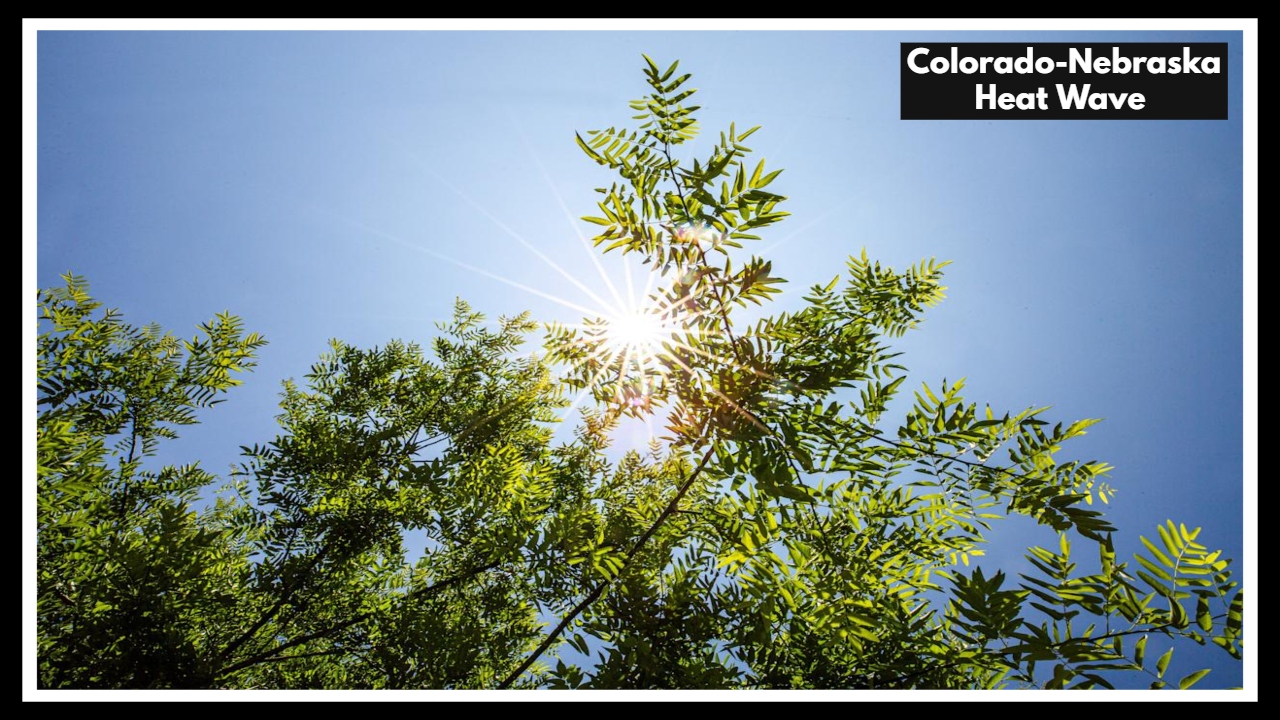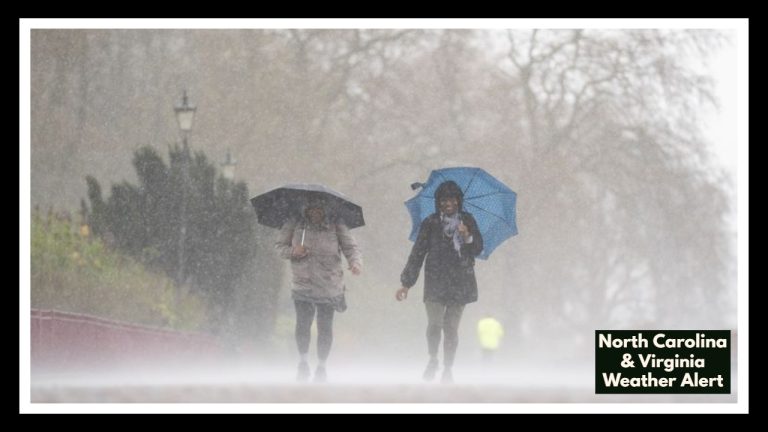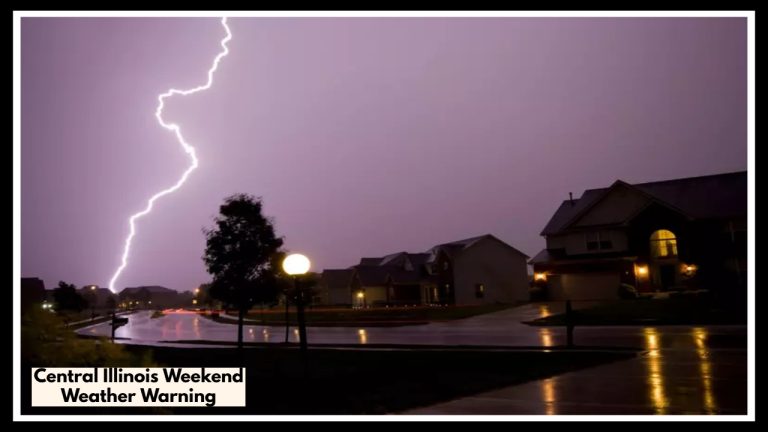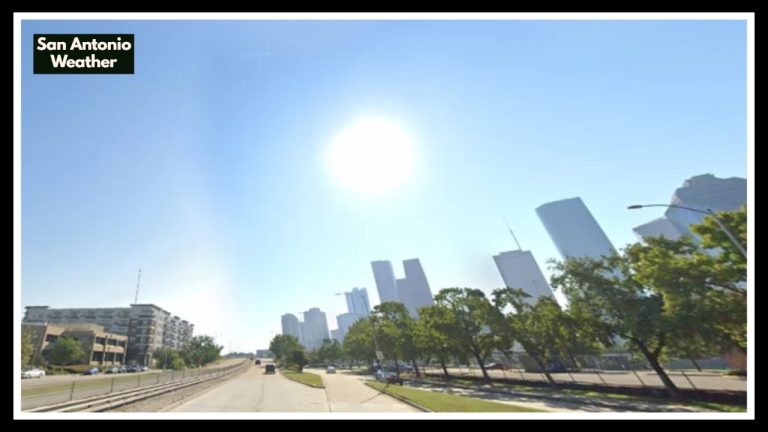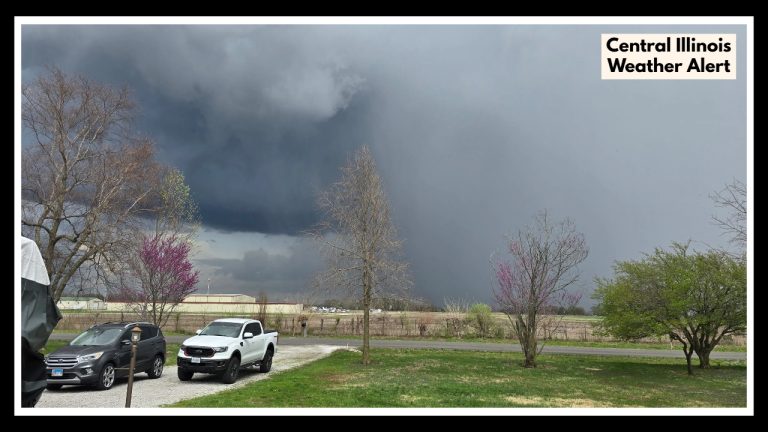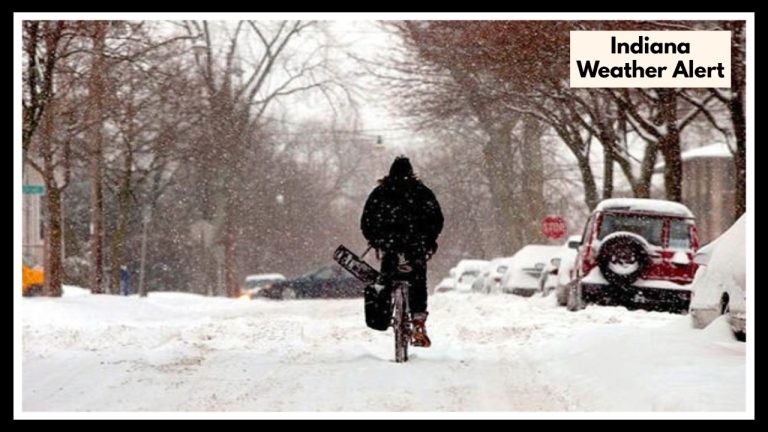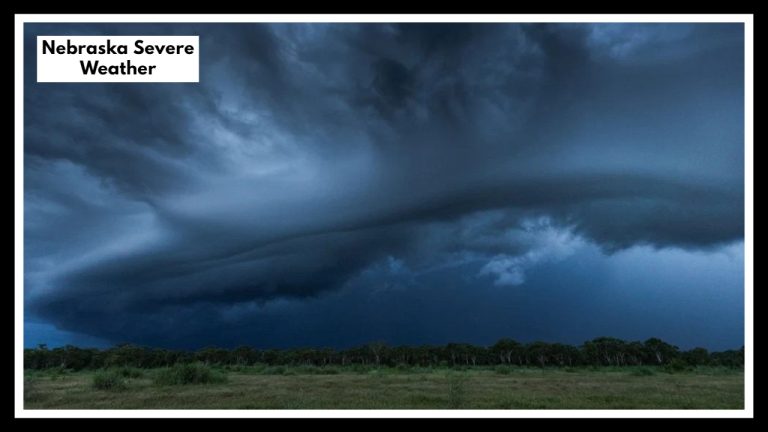Colorado-Nebraska Heat Wave Turns Deadly Hot—What Every Family Needs to Know Now
DENVER, CO — Step outside in Colorado or Nebraska this week, and you don’t need a forecast to know what’s happening—you can feel it. The air is thick, the sunlight is sharp, and it seems like the heat just won’t let up. What we’re experiencing isn’t just another hot week—it’s a serious Colorado-Nebraska Heat Wave that’s pushing daytime highs to around 103°F in Denver, Greeley, and surrounding areas.
It’s the kind of heat that makes even simple tasks—like walking the dog or checking the mail—feel exhausting. And for many across the region, it’s more than uncomfortable—it’s dangerous.
Why This Heat Wave Feels Different
Heat waves aren’t new here. But this one? It’s stronger, it’s sticking around longer, and it’s taking a real toll. Health officials across the state are already sounding alarms: more people are suffering from heat exhaustion, air quality alerts are in place, and emergency crews are bracing for an uptick in 911 calls.
What makes this Colorado-Nebraska Heat Wave especially concerning is how relentless it is. Temperatures barely drop overnight, and the sun doesn’t ease up much during the evening. For folks without reliable air conditioning—especially seniors, young kids, and people with health conditions—it’s more than just a nuisance. It’s a risk to their health and safety.
How It’s Changing Daily Life
All across Denver and Greeley, you can feel the slowdown. Construction crews are clocking in earlier to beat the heat. Families are canceling outdoor plans. Cafés are closing patios. Even errands that used to be routine—like grocery runs—are being delayed until after sunset.
In Nebraska’s rural areas, the challenges are different but just as urgent. Long, hot drives. Power systems under strain. Fewer places to cool off. And with livestock and crops to care for, residents there are juggling heat safety with their daily work.
But in the middle of all this, something good is happening too—neighbors are checking in on each other. People are offering rides to cooling centers. And families are working together to stay safe.
How You Can Stay Safe
With extreme heat likely to last through Saturday evening, experts are urging everyone to take it seriously—and take simple, life-saving steps:
-
Stay indoors during the hottest part of the day—usually 10 AM to 6 PM.
-
Drink water constantly, even if you don’t feel thirsty. Dehydration sneaks up quickly in this heat.
-
Wear light, breathable clothing, and use sunscreen if you’re outside.
-
Take breaks in the shade or find an air-conditioned space—even for a little while.
-
Use public cooling centers if your home isn’t cool enough.
-
Check on others, especially older adults, neighbors living alone, and friends without AC.
-
Watch for heat stroke signs: confusion, lack of sweat, rapid pulse, or fainting. Don’t wait—call 911 right away if someone seems in distress.
When Will It End?
There’s a light at the end of this very hot tunnel. By Monday, forecasters say we should see a break, with daytime highs finally dipping into the upper 80s or low 90s. Until then, the best thing we can do is stay alert, stay cool, and look out for one another.
This Colorado-Nebraska Heat Wave is a test—not just of endurance, but of how we take care of our communities when the weather turns extreme. And the choices we make over the next few days could make all the difference.
FAQ About Colorado-Nebraska Heat Wave
1. This heat feels worse than usual—what’s going on?
You’re not imagining it. This Colorado-Nebraska Heat Wave is unusually intense. We’re seeing temperatures hit 103°F, and they’re staying high even overnight, which gives our bodies no time to recover. What makes it dangerous isn’t just how hot it gets—it’s how long it lasts. This isn’t just a scorcher of a day; it’s several days in a row with very little break.
2. Who should be the most careful right now?
Honestly, everyone should be cautious—but seniors, babies and young children, people with health conditions, and those who don’t have working air conditioning are most at risk. Outdoor workers like landscapers or delivery drivers are in danger too, even if they’re used to being in the heat. No one is invincible when it’s this hot for this long.
3. How do I know if someone is getting sick from the heat?
Heat-related illness can sneak up on you. If someone starts feeling lightheaded, dizzy, super tired, or nauseous, they could be in trouble. If they stop sweating, seem confused, or faint, that’s a red flag—it could be heat stroke, which is life-threatening. Don’t wait. Call 911, and get them somewhere cool while you wait for help.
4. What’s the best way to stay cool and safe right now?
Try to stay indoors during the hottest part of the day—roughly 10 AM to 6 PM. Drink lots of water, even if you don’t feel thirsty. Wear light, breathable clothing, and if you do go out, stick to the shade and don’t overdo it. If your home isn’t cool enough, find a cooling center nearby—many are open for free. And please—check in on your neighbors and loved ones. Sometimes a simple phone call can save a life.
5. When will it get better? And how do I stay in the loop?
We’re expecting this intense heat to stick around through Saturday evening, with some relief by Monday when temperatures finally dip back into the 80s and 90s. In the meantime, keep tabs on your local weather alerts, listen to local news, or visit the National Weather Service website. Staying informed helps you make smart decisions for yourself and the people you care about.

